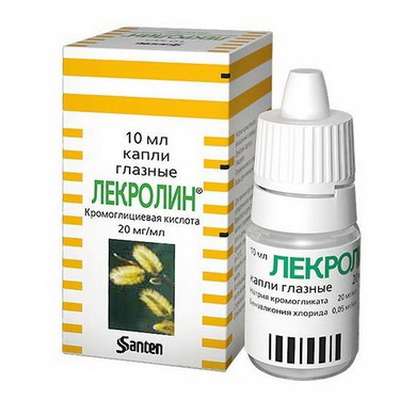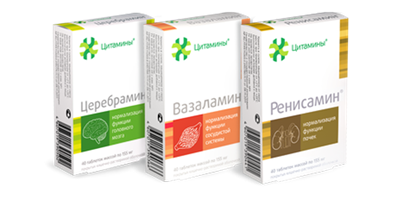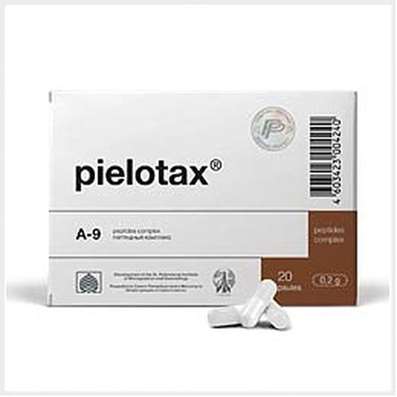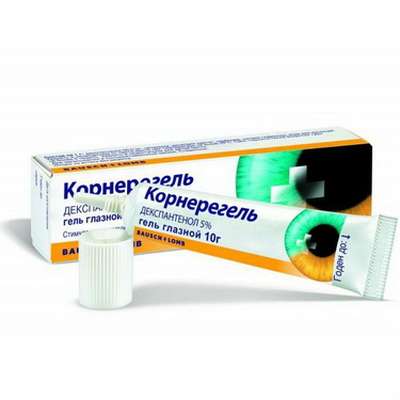Instruction for use: Drotrecogin alfa (activated)
I want this, give me price
Trade name of the drug – Qigris
The Latin name of the substance Drotrecogin alfa (activated)
Drotrecoginum alfa (activatum) (genus. Drotrecogini alfa (activati))
Pharmacological group:
Anticoagulants
Model clinical-pharmacological article 1
Pharmacotherapy. Anticoagulant of indirect action. Activated protein C has an antithrombotic effect by inhibiting the clotting factors Va and VIIIa, in vitro has an indirect profibrinolytic effect due to its ability to inhibit the plasminogen-1 activator inhibitor and to limit the production of the activated thrombin-activated fibrinolysis inhibitor. In addition, it has an anti-inflammatory effect due to suppression of tumor necrosis factor, synthesized by monocytes, blocking of adhesion of leukocytes to selectins, as well as restriction of thrombin-induced inflammatory response in the endothelium of the vessels of the microcirculatory bed.
Pharmacokinetics. Drotrecogin alfa and endogenous human activated protein C are inactivated by endogenous plasma protease inhibitors. The concentration of activated protein C in the plasma is below the level of the minimum detectable concentration. In patients with severe sepsis, the infusion of drotrecohin alpha at a dose of 12-30 μg / kg / h rapidly creates Css, which is proportional to the rate of infusion. Css, equal to 45 ng / ml (35 to 62 ng / ml), is achieved within 2 hours from the beginning of the infusion. In most patients, the concentration of drtrekogin alpha in plasma decreases below the limit of quantification (10 ng / ml) within 2 hours from the moment of stopping the infusion. Clearance - 40 l / h (from 27 to 52 l / h). The plasma clearance of drotrecoagin alpha in patients with severe sepsis is approximately 50% higher than in healthy people. In adult patients with severe sepsis, the plasma clearance of drotrecoagin alpha is virtually independent of age, sex, severity of liver or kidney function and does not require correction of the dosing regimen. In non-septic patients with terminal stage of hepatic insufficiency who are on hemodialysis, the average plasma clearance of drotrecohin alpha when the drug is administered not on days of hemodialysis is 22-38 l / h. In non-septic patients who underwent peritoneal dialysis, the plasma clearance of Drotrekogin alfa is 19-27 l / h. Such parameters of plasma clearance practically do not differ from those observed in healthy people - 19-37 l / h.
Indication. Sepsis, accompanied by acute multi-organ failure, with a high risk of death.
Contraindications. Hypersensitivity, internal bleeding, recently transferred (during the previous 3 months) hemorrhagic stroke, recently transferred (during the previous 2 months) intracranial operation or operation on the spinal cord, severe head injury (including recently transferred); Trauma, accompanied by a high risk of life-threatening bleeding; Presence of an epidural catheter, intracranial tumors / formation or signs of cerebral hernia, pregnancy, lactation, age (under 18 years).
Carefully. Treatment with heparin (at a dose of more than 15 units / kg / h); Thrombocytopenia (platelet counts - less than 30 thousand / μL, even if the platelet count increased after transfusion); Prothrombin time - more than 3 min; Gastrointestinal hemorrhage, recently transferred (during the previous 6 weeks); Thrombolytic therapy in the anamnesis (during the previous 3 days), taking (during the previous 7 days) oral anticoagulants or glycoprotein IIb / IIIa inhibitors, taking (during the previous 7 days) ASA in a dose of more than 650 mg / day or other inhibitors of aggregation Thrombocytes; Recent (during the previous 3 months) ischemic stroke; Intracranial vascular anomalies, aneurysms; Hemorrhagic diathesis; Severe chronic liver disease; Other conditions in which there is a high risk of bleeding or difficulty in stopping them, due to localization.
Dosing. IV, at a rate of 24 mcg / kg / h, for 96 h (dose increase or bolus administration is not recommended). Before administration, the contents of the 5 mg vial are diluted with 2.5 ml of sterile water for injection; The contents of the bottle 20 mg - 10 ml of sterile water for injection. The concentration of the resulting solution should be 2 mg / ml. Then, sterile water for injections is slowly added to the contents of the vial. Cautiously, each vial is shaken until the lyophilizate is completely dissolved and further diluted with a sterile 0.9% NaCl solution. Then slowly, the appropriate amount of the drug solution is taken from the vial and added to the dropper container containing 0.9% NaCl solution.
When using an intravenous pump, the drug solution is usually diluted with a sterile 0.9% NaCl solution to a concentration of 0.1-0.2 mg / ml.
When using a syringe pump, the drug solution is usually diluted with a sterile 0.9% NaCl solution to a concentration of 0.1-1 mg / ml. When the drug is administered at low concentrations (less than 0.2 mg / ml) at a low rate (less than 5 ml / h), the infusion should be performed for approximately 15 minutes at a rate of about 5 ml / h.
Side effect. Bleeding (3.5%), 2.4% of cases - bleeding, life-threatening (including intracranial or bleeding, requiring transfusions of more than 3 packets of red blood cells per day for 2 days).
Overdose. Symptoms: bleeding.
Treatment: immediate discontinuation of the drug infusion, careful monitoring of possible bleeding, symptomatic therapy, a specific antidote is absent.
Interaction. Care should be taken when using combinations with other drugs that have an effect on hemostasis (the concomitant use of low doses of heparin for preventive purposes does not affect safety).
Special instructions. Each patient should be carefully examined before beginning therapy, and the expected effect of treatment should be compared with the possible risk of using the drug.
In the event of clinically significant bleeding, the drug should be stopped immediately and continued use of other drugs that affect the blood coagulation system, taking special care. At achievement of adequate parameters of a hemostasis the question on continuation of treatment by drotrecohinum alpha can be considered.
Drotrecohin alpha treatment should be discontinued 2 hours before surgery or other procedures associated with an increased risk of bleeding. When adequate hemostasis is reached, treatment with the drug can be started 12 hours after extensive invasive procedures and surgical operations or after uncomplicated, less invasive interventions are resumed immediately.
Most patients with severe sepsis have coagulopathy, which is usually associated with an increase in APTT and prothrombin time. Drotrekogin alfa can increase the APTT to varying degrees. In connection with this, the value of APTT cannot be used to assess the severity of coagulopathy during the infusion of drotrecohin alpha. The value of prothrombin time drotrekogin alpha has minimal effect, so this value can be used to assess the severity of coagulopathy in this category of patients.
As with the use of other protein drugs, when using drotrekogin alpha there is the potential for potential immunogenicity (not statistically confirmed).
Data on the possible damaging effects of Drotekogin alpha on the fetus when prescribing the drug to pregnant women and the effect of the drug on reproductive function are lacking. Prescribe drotrekogin alfa to pregnant women should only be in the presence of clear indications.
Data on the penetration of drtrekogin alpha into breast milk or systemic absorption after the drug has not been found in the digestive tract. The safety and efficacy of drtrekogin alpha in newborns (gestational age 38 weeks) and in persons under 18 years of age have not been studied. Data on the efficacy of drtrekogin alpha in adult patients with a high risk of death suffering from severe sepsis cannot be extrapolated to children with severe sepsis.
Since the preparation does not include antibacterial preservatives, it is desirable to use it immediately after the preparation of the solution (it can be stored at room temperature 15-30 ° C for not more than 3 hours). Intravenous administration should be completed within 12 hours from the preparation of the intravenous solution.

 Cart
Cart





